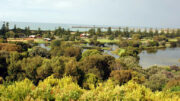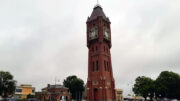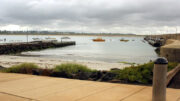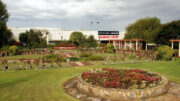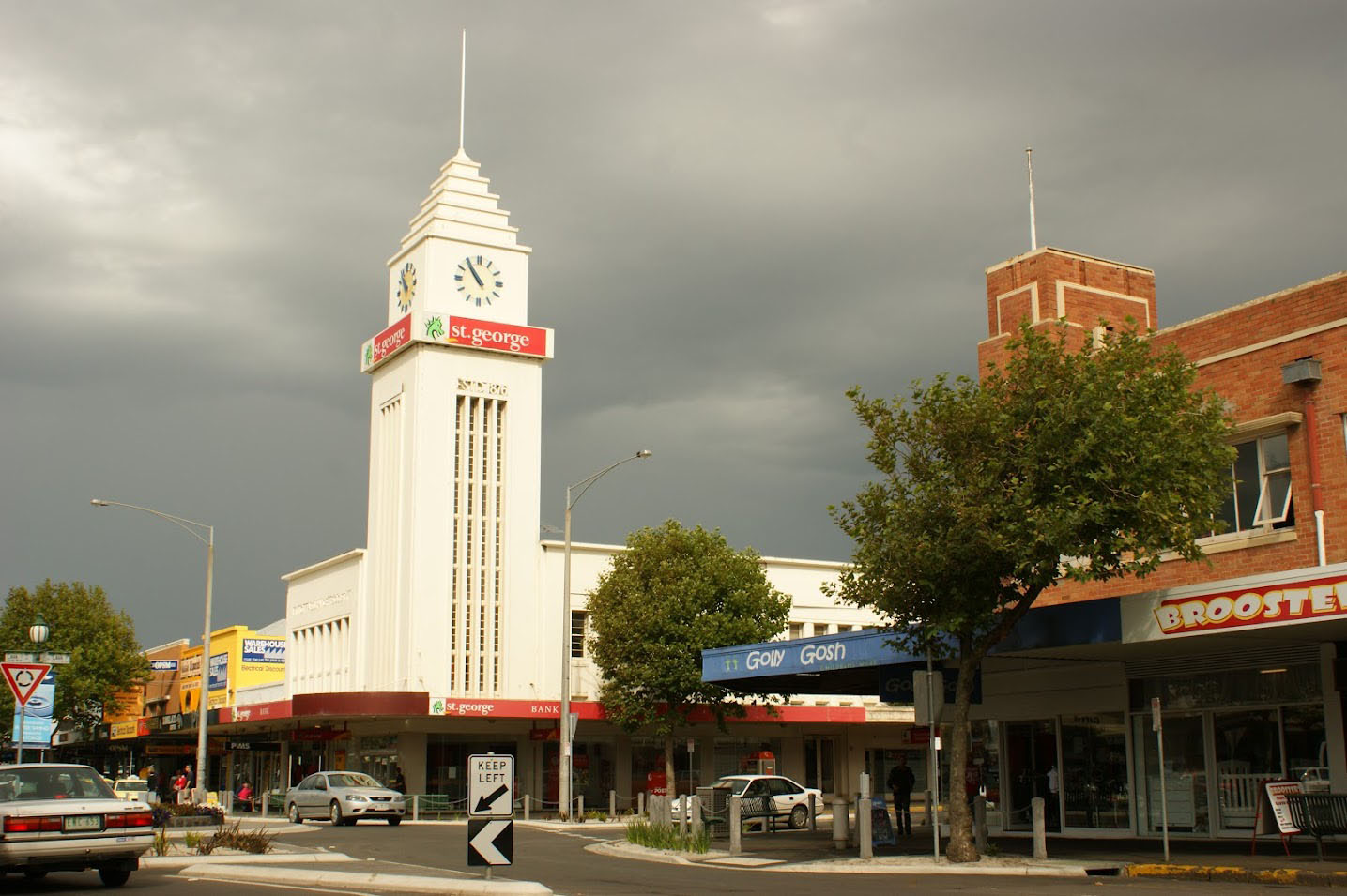 Warrnambool is a charming coastal city located in the southwest region of Victoria, Australia. It has a rich and fascinating history that dates back thousands of years, and it has played a significant role in shaping the region and the country.
Warrnambool is a charming coastal city located in the southwest region of Victoria, Australia. It has a rich and fascinating history that dates back thousands of years, and it has played a significant role in shaping the region and the country.
Indigenous History
The area that is now known as Warrnambool was originally inhabited by the Gunditjmara people, an Indigenous Australian tribe that lived in the region for thousands of years before European settlement. The Gunditjmara people were skilled fishermen and hunters, and they built an intricate system of stone fish traps in the Hopkins River, which is still visible today.
European Settlement
In 1847, the first European settlers arrived in the Warrnambool area, and the town was officially founded in 1855. The town grew quickly, and by the 1860s, it had become a bustling port town, with a thriving wool trade.
During this time, many historic buildings were constructed, including the Warrnambool Post Office, which was built in 1869, and the Warrnambool Town Hall, which was completed in 1886. The town also became a popular holiday destination, and many grand hotels were built to accommodate the influx of visitors.
The Shipwreck Coast
Warrnambool’s history is deeply intertwined with the sea, as the town was founded as a port for the export of wool and other goods. However, the town’s location on the Shipwreck Coast also meant that it was vulnerable to the dangers of the sea, and over the years, it has been the site of numerous shipwrecks.
One of the most famous shipwrecks in Warrnambool’s history is that of the Loch Ard. The Loch Ard was a clipper ship that was en route from England to Melbourne in 1878. On the night of June 1, the ship hit a reef near Mutton Bird Island, just off the coast of Warrnambool. Of the 54 passengers and crew on board, only two survived: Tom Pearce, a 19-year-old sailor, and Eva Carmichael, a 17-year-old passenger.
The story of the Loch Ard has become a part of local folklore, and today, visitors to Warrnambool can learn more about the shipwreck and its aftermath at the Flagstaff Hill Maritime Village. The village is home to a museum that houses artifacts from the Loch Ard and other shipwrecks, as well as a replica of the ship itself.
Beyond shipwrecks, Warrnambool has a rich history that is reflected in its architecture and cultural institutions. For example, the Warrnambool Art Gallery houses a collection of Australian art that spans the colonial period to the present day, while the Flagstaff Hill Lighthouse and Maritime Museum provides a glimpse into life in a coastal town in the 19th century.
Warrnambool Today
Warrnambool is a city with a rich and diverse history that spans thousands of years. From the Indigenous Gunditjmara people who lived in the area for millennia to the arrival of European settlers in the 19th century, Warrnambool has seen significant changes and development.
The city has played an important role in Victoria’s economy and has been a hub for agriculture, industry, and tourism. Warrnambool is also known for its stunning natural beauty, with attractions such as the Twelve Apostles, the Great Ocean Road, and the Flagstaff Hill Maritime Village.
Today, Warrnambool continues to thrive and grow, with a vibrant community and a strong local economy. Its rich history is celebrated and preserved through various museums, landmarks, and cultural events, ensuring that future generations will learn about and appreciate the city’s past.
Visitors to Warrnambool can immerse themselves in its fascinating history by exploring its museums, historical buildings, and natural attractions. From its Indigenous heritage to its colonial past and modern-day achievements, there is something for everyone to discover in this dynamic and welcoming city.

